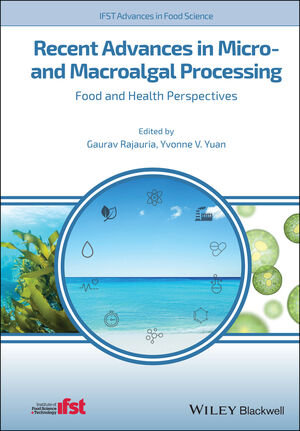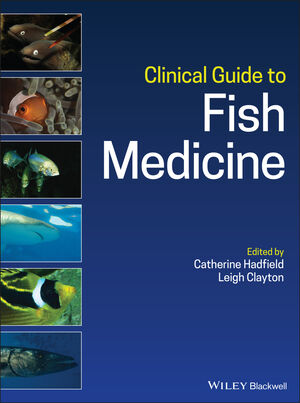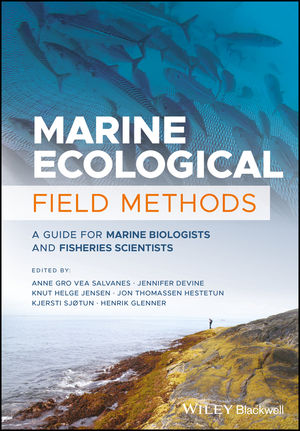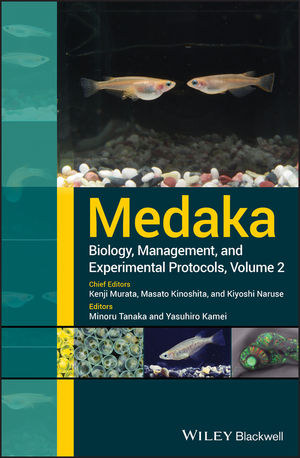
News & Views
Breeding
Restocking
shellfish
Reared Big Sandy crayfish makes debut in Virginia waters
May 24, 2024 By Hatchery International staff
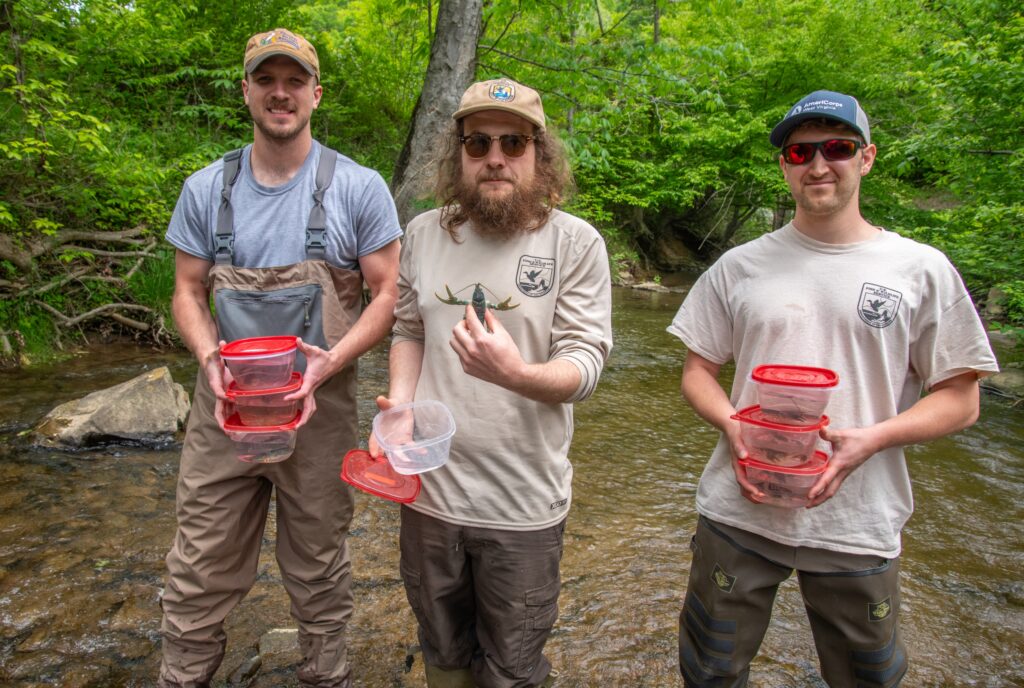 Riley Aulick, Drew Phipps and Daniel Consolvo releasing Big Sandy crayfish in the McClure River. (Photo: Brett Billings/USFWS)
Riley Aulick, Drew Phipps and Daniel Consolvo releasing Big Sandy crayfish in the McClure River. (Photo: Brett Billings/USFWS) Big Sandy crayfish reared at White Sulphur Springs National Fish Hatchery in West Virginia have been released in the McClure River, a step towards recovery for the threatened species.
According to the U.S. Fish & Wildlife Service, the biologists who learned how to raise the species at the lab released the first set of 77 crayfish at multiple sites throughout Virginia’s McClure River. This is the first time hatchery-reared Big Sandy crayfish have been released back into their native Virginia waters.
Big Sandy crayfish protect themselves from predators by sheltering in small depressions under large rocks and rely on clean, healthy streams and waterways for survival. Accumulated sediment between rocks has resulted in fewer hiding places.
“Not only does sediment reduce the amount of available habitat for Big Sandy crayfish, but it also reduces the amount of available habitat for prey for the species, like macroinvertebrates,” said Riley Aulick, wildlife biologist at the West Virginia Ecological Services Field Office and national recovery lead for Big Sandy crayfish.
In 2018, biologists at White Sulphur Springs National Fish Hatchery began efforts to rear the crayfish for stocking, in partnership with the Virginia Department of Wildlife Resources and West Liberty University Crayfish Conservation Laboratory. The hatchery specializes in rare and endangered species, including the candy darter and salamander mussel.
Drew Phipps, a fish and wildlife biologist at the hatchery, explained that no one really knew what to do since there aren’t many other facilities in the world working with this species.
Designing the hatchery holding tanks for the crayfish was a difficult task as each crayfish needed to be housed in its unit otherwise, they would eat each other. At the same time, water needed to be recirculated and reused in the units to prevent the spread of disease or the accidental introduction of Big Sandy crayfish into nearby waterbodies. This limited the available space to raise the animals.
Phipps and his team had been collecting sexually mature female crayfish from tributaries in the Big Sandy River basin during the spring, bringing them to the hatchery expecting each crayfish to have mated and lay eggs. but this often wasn’t the case.
The following summer, the biologists collected fertilized eggs and newborns from the mothers in the wild, so they could leave the adults in the river and eliminate the stress from captivity. Their survival rate was about three times better than what would be expected in nature. In the wild, Big Sandy crayfish grow to adult size in two years but in the hatchery, it took less than nine months.
With complete nutrition and lack of predators, the crayfish were able to reach maturity and reproductive size one-third of the time, giving them a head start and a better chance at reproducing on their own in the wild.
With the Virginia Department of Wildlife Resources, West Liberty University and the Service’s Virginia and West Virginia Ecological Services, the scientists will watch how the crayfish released into the wild. They placed visible implant elastomer tags into each hatchery crayfish so that they could identify them in the wild.
Biologists will return to the Big Sandy River basin and select the next set to begin the process again. In the hatchery, the crayfish babies will be given a head start and help their species persist for future generations.
Print this page
